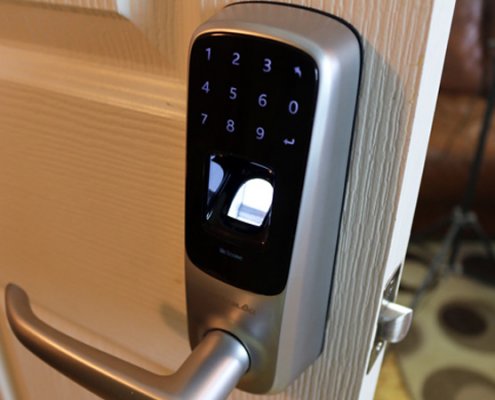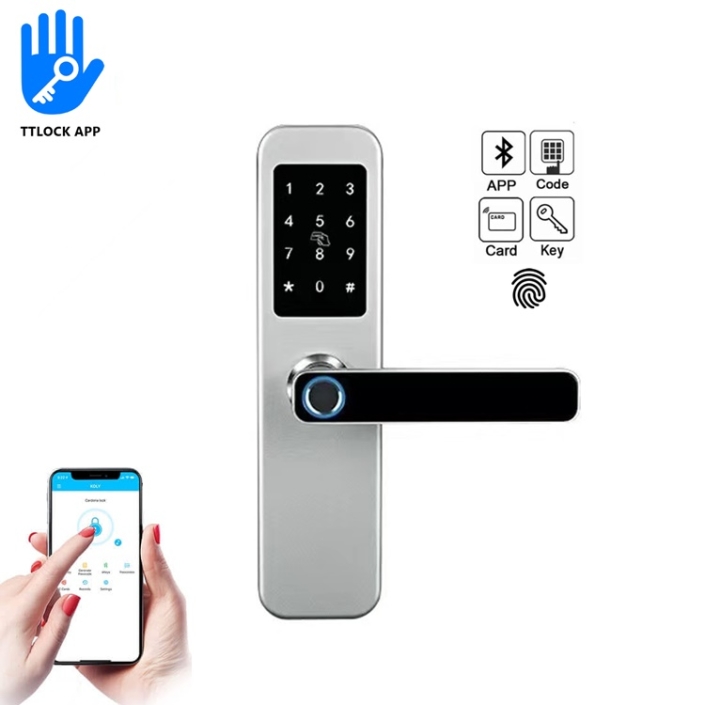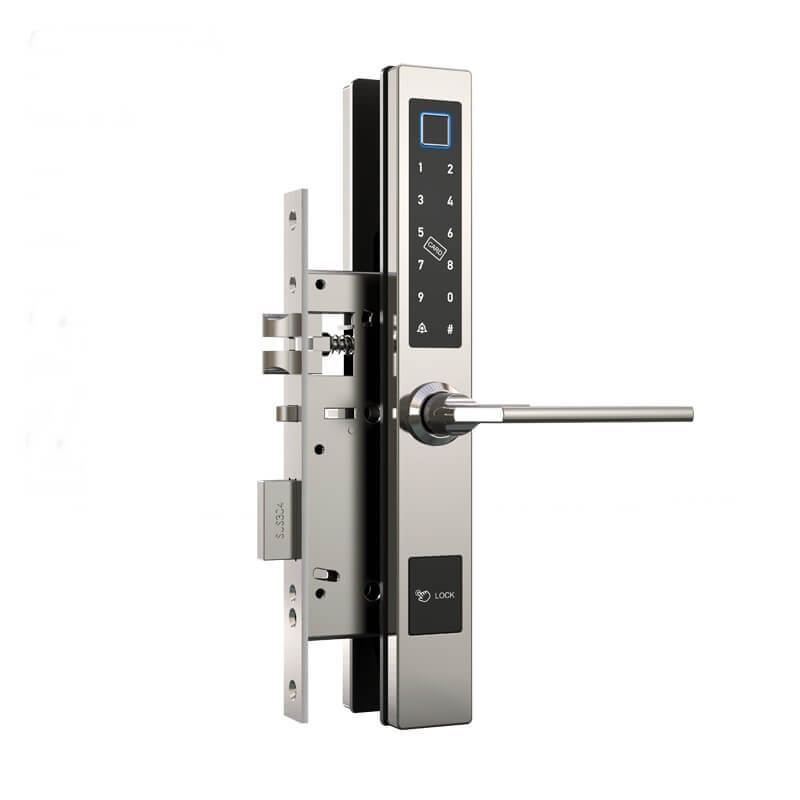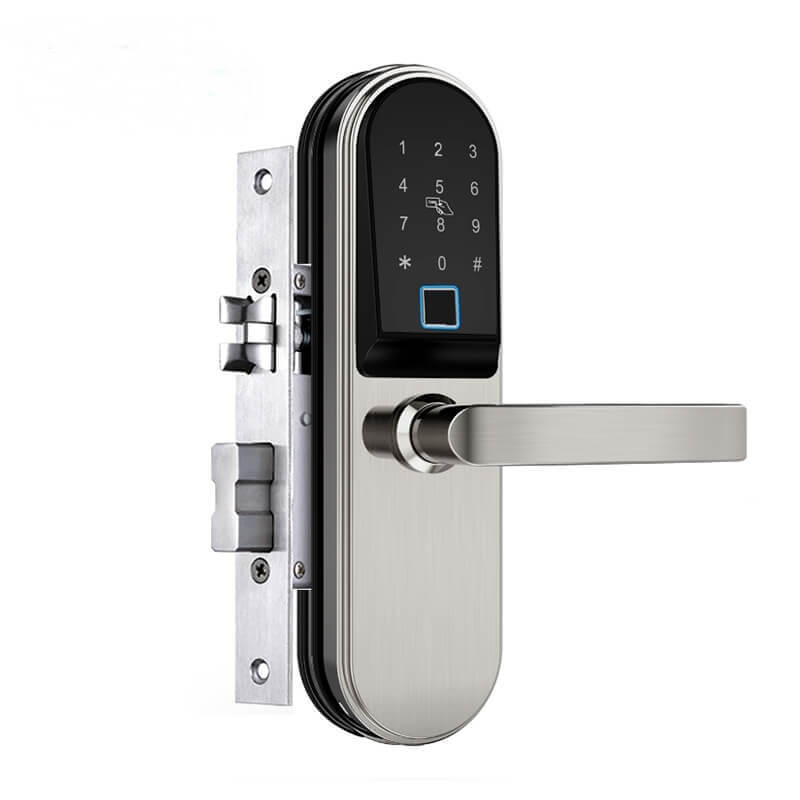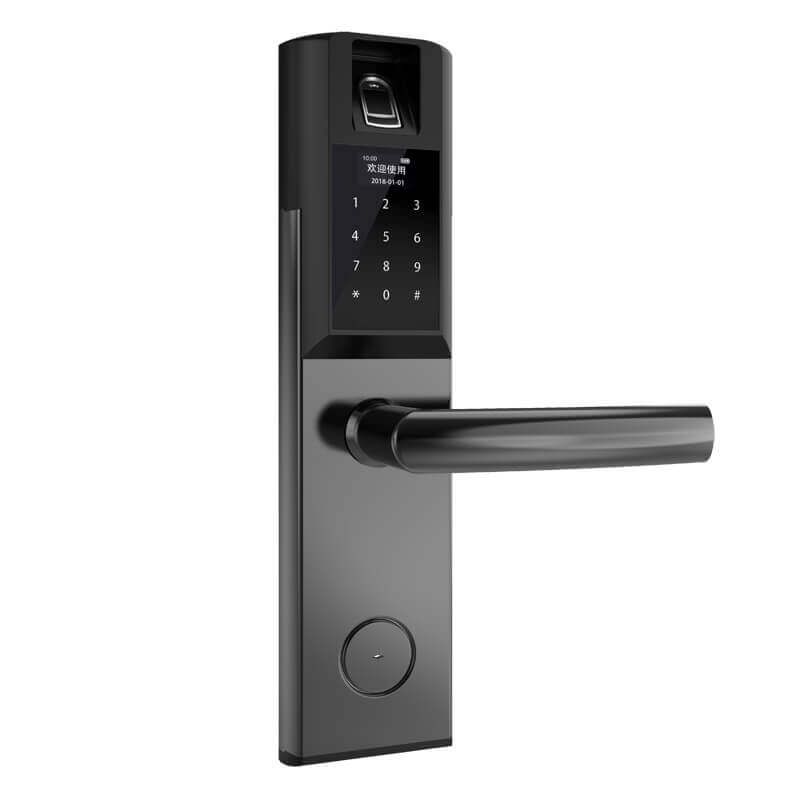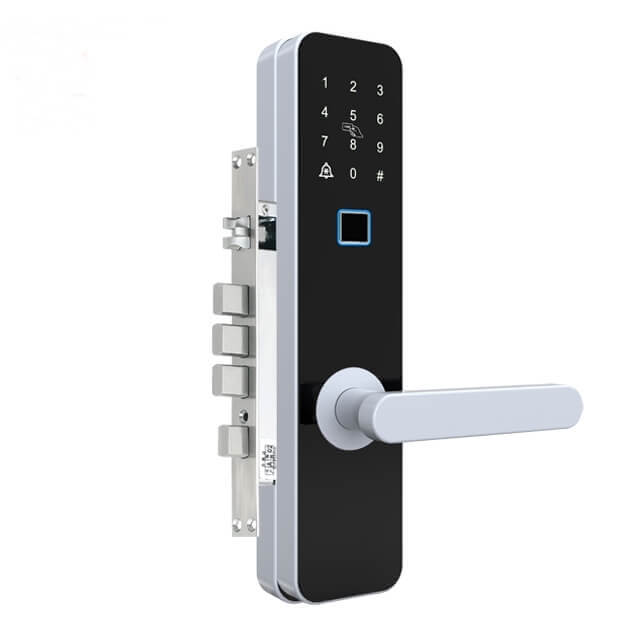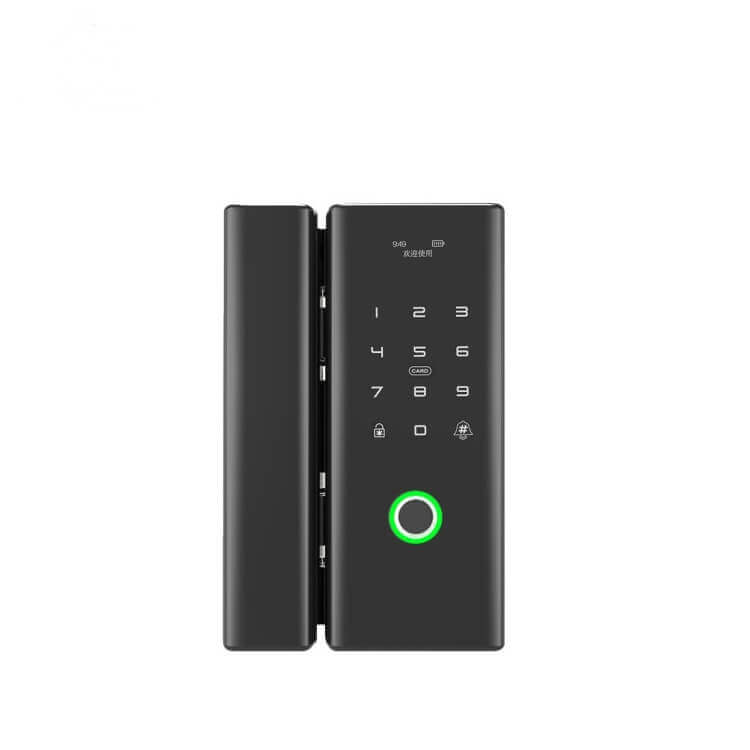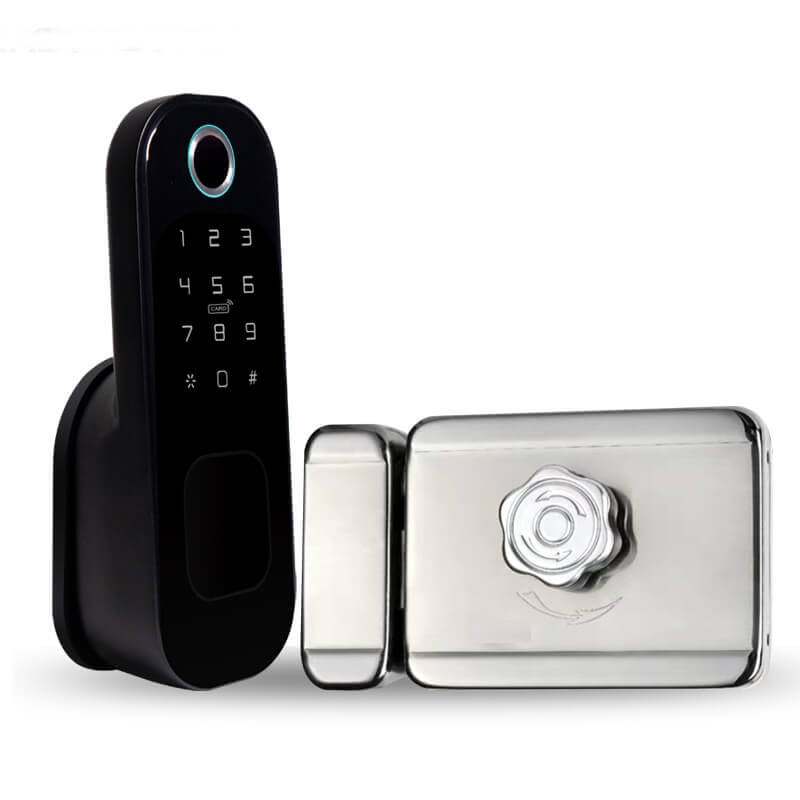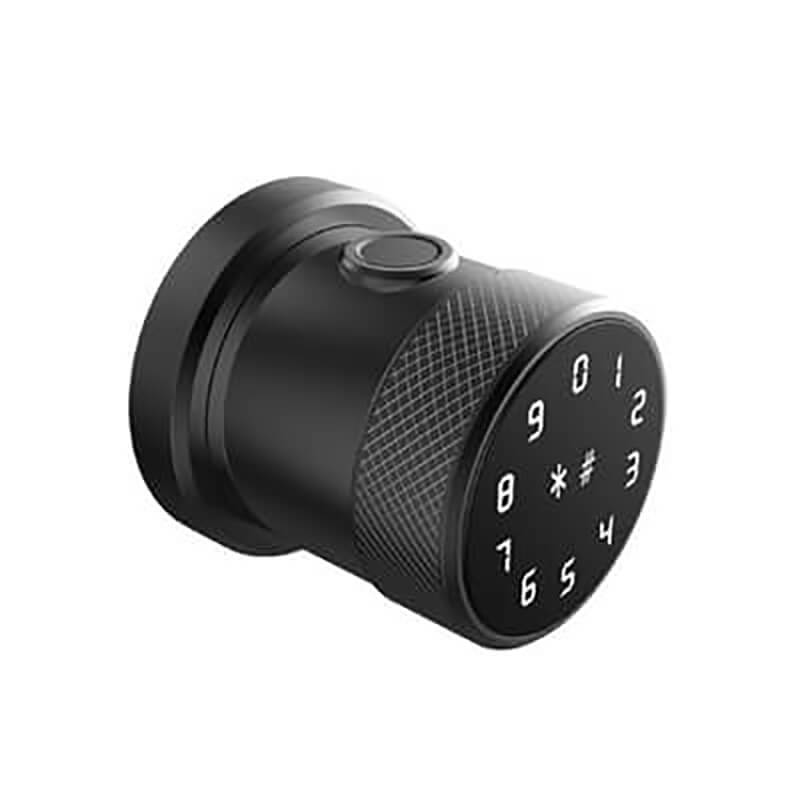Biometric Fingerprint Door Lock
A biometric Door Lock, also called a biometric fingerprint door lock, is a smart door lock unlocked by fingerprint recognition. Fingerprint authentication is convenient, fast, and accurate.
With the popularization of technology and smart home development, more and more people are beginning to choose fingerprint door biometric locks for homes, hotels, schools, and residential.


